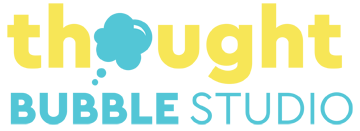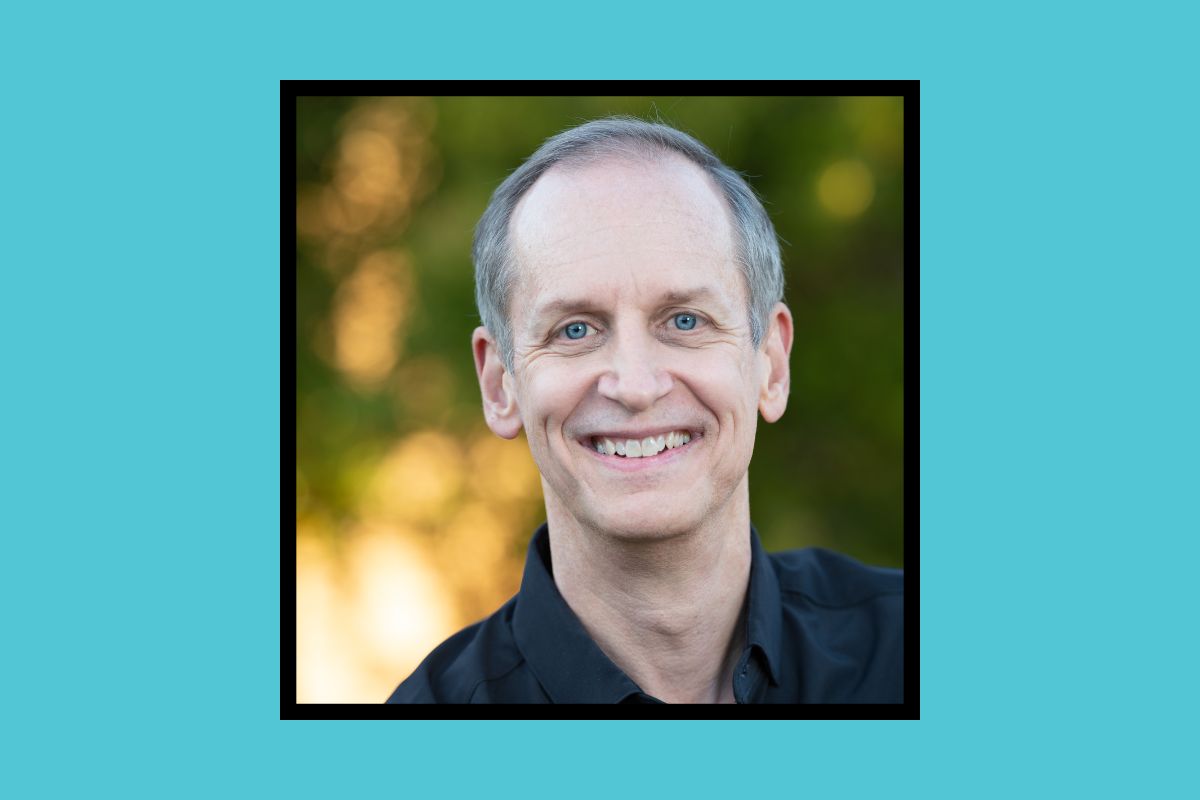Thought Bubble Studio has been working with founder, innovator and coach Paul Baffes, Ph.D., for the past year to help build his professional brand. During that time, Baffes transitioned from a career of startups, innovation and a leadership role at IBM to a career coaching business, Break Away Coaching.
Baffes was just named a Top 15 coach in Austin by Influence Digest. Thought Bubble Studio founder Jennifer Lloyd checked in with Baffes about how his outlook on thought leadership has evolved through biweekly coaching sessions.
Q: Thought Bubble Studio offers two approaches: services and coaching. Can you discuss why you were interested in biweekly coaching sessions to learn new tactics?
A: One word would be demystification. Take social media, for instance. Although I have a Ph.D. in Computer Science, that doesn’t mean I’ve kept up with all the latest things. It was very intimidating to think that even if I have the perfect prose, how would I get it out there?
Ignorance breeds a lot of fear. When you don’t understand something, you tend to make it into an elephant by thinking, “Oh, my God, I’ll never be able to do that. I’m already 20 years behind people who have 10,000 followers on LinkedIn. I’ll never catch up.”
You showed me that you don’t have to know everything. You just need the essentials to begin sharing your expertise. Having your experience as someone who works with this daily gave me confidence in your advice to help me jump to the front of the line. I could piggyback off your experience and know I could accomplish my goals.
Q: Over the past year, we’ve worked on understanding how to think like a client, write thought leadership articles, finetune your website, ensure branding consistency across platforms and develop your social media efforts. What has been the most surprising new tool or approach you’ve taken from this experience?
A: Most interesting for me was developing client personas. I’ve done personas before, but I really liked how we developed our understanding of the personas’ backgrounds. The personas we developed included demographics and brands they might be similarly interested in and how they would likely spend their time and live their lives.
Even more surprising was taking those personas and identifying keywords to use in my writing on my website, blog and social media. You can phrase something in many ways, but it’s a good strategy to include phrases that appeal to your demographic. Now, it seems obvious. But it wasn’t obvious before.
I really liked that technique of sitting down and writing what I wanted to write from my area of expertise — that’s thought leadership — but then going over to the client persona or demographic work and rewording it. That way, I could phrase the final product the way my clients are ready to read it.
Sometimes the simplest things are the most powerful. You helped me think about my target audience and make my writing attractive to that target audience.
Q: What else did you take away from the writing process?
A: I really enjoyed editing with you. We’d start with a piece of work, like something I had on my website. You’re good at being a neutral partner to help me reach the exact word or best description. So, I could take a swing and get the phrasing close. Then I could work with you to bring it to that next level. That’s really helpful.
Q: Your unique background as a NASA Inventor of the Year, a business founder and an executive gave you a lot of experience to bring to your thought leadership efforts. What about the process challenged you further?
A: The biggest challenge was the mindset. What I mean by that is reframing my particular prejudice or bias against selling. I did have a bias about not wanting to sell myself or not wanting to brag.
The hardest thing is to reframe that by asking myself which people will miss out if I don’t do this. What if I’m uniquely positioned to help people, and I don’t? Who are the people out there who really need what I’m doing?
So, it’s not selling. It’s understanding how I can take what I have to offer and, for those who need it, put it in a form that they can quickly digest and take action. I’m still working on that.
Q: What about the process did you find more fun than you expected?
A: The portion of our coaching sessions that came easier was rewriting the work to match my client demographics. I’m not as good at it as you are, but it was interesting how fun that was and how the writing is very different. My background had been, for instance, writing my dissertation. But this approach to writing was almost like doing a crossword puzzle.
Q: How has this work positioned you better to accomplish your goals for Breakaway Coaching and gain new clients?
A: Clarifying my offerings and my ideal client has been tremendous. We’re just returning to networking events now. It’s a great time to do thought leadership work because we are coming out of our little COVID-19 caves. When someone asks me what kind of coaching I’m doing, I can tell them precisely with which three groups I work. I can talk about Breakaway Coaching succinctly. That helps people I meet refer the right kind of clients for me.
The other thing that is starting to happen is that people are beginning to look at my website and call me. They’ve said, “I saw your website, and I’m looking to change careers.” And they will list one of the three offerings we finetuned on my website as the best fit for them. That’s the first time in all the years I’ve had the website up that I would have a cold lead pop in.
Q: Why do you think our work has generated additional leads for you?
A: Now, my website is super clear. It’s super simple. It’s very consistent. People can go to it and see what I offer. Those interested can check the box, and it’s easy to get in touch with me.
Also, I have gotten many more impressions on LinkedIn since we’ve refined my company page.
Working with you to clarify what I want to focus on and how to present it online has helped me bring in the right people to do the kind of work I enjoy.
Q: What would you want others considering thought leadership coaching with Thought Bubble Studio to know?
A: First, go ahead and be open-minded. Some things may be different and out of your comfort zone, but that’s okay.
Second, keep in mind that nothing is going to break. If you put out a blog post you don’t like, you can delete it. If you put out a version of your website that you don’t like, you can change it. Everything is so easily adjustable. You just can’t make a mistake. Don’t wait because you can’t break anything. Don’t worry about it. Just get in there and try.
Lastly, even if you feel like you don’t know absolutely everything about your subject, what you do know can be life-changing for people.
Contact us today to find out how we can help you reach your personal and business goals.





